Research
Search our website
Search our website by entering a keyword or choose a database above to search specifically.
Search
Showing search results 2,281 - 2,290
14,522 results found

Société Anonyme des lubrifiants colloïdaux

Société Anonyme des carrelages du Centre

Schwager: Erich Schwager

Salkin: E.L. Salkin

Société Anonyme des courroies et poulies américaines

Société Anonyme des Produits Synthetiques

Société anonyme entreprise générale de fonçage de puits, études et travaux
de mines

Société Anonyme des métaux usinés

Société Anonyme d'Ougrée-Marihaye

Société Anonyme H.A.D.I.R.








